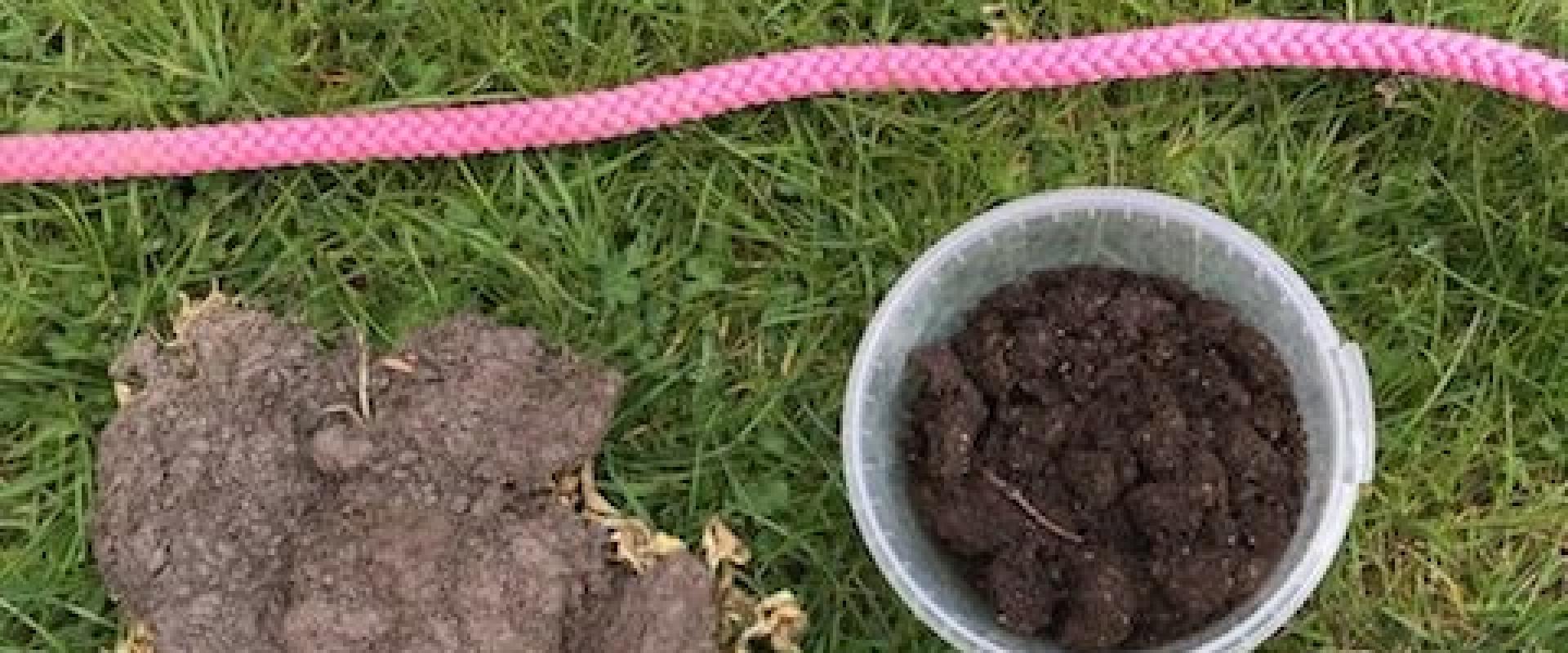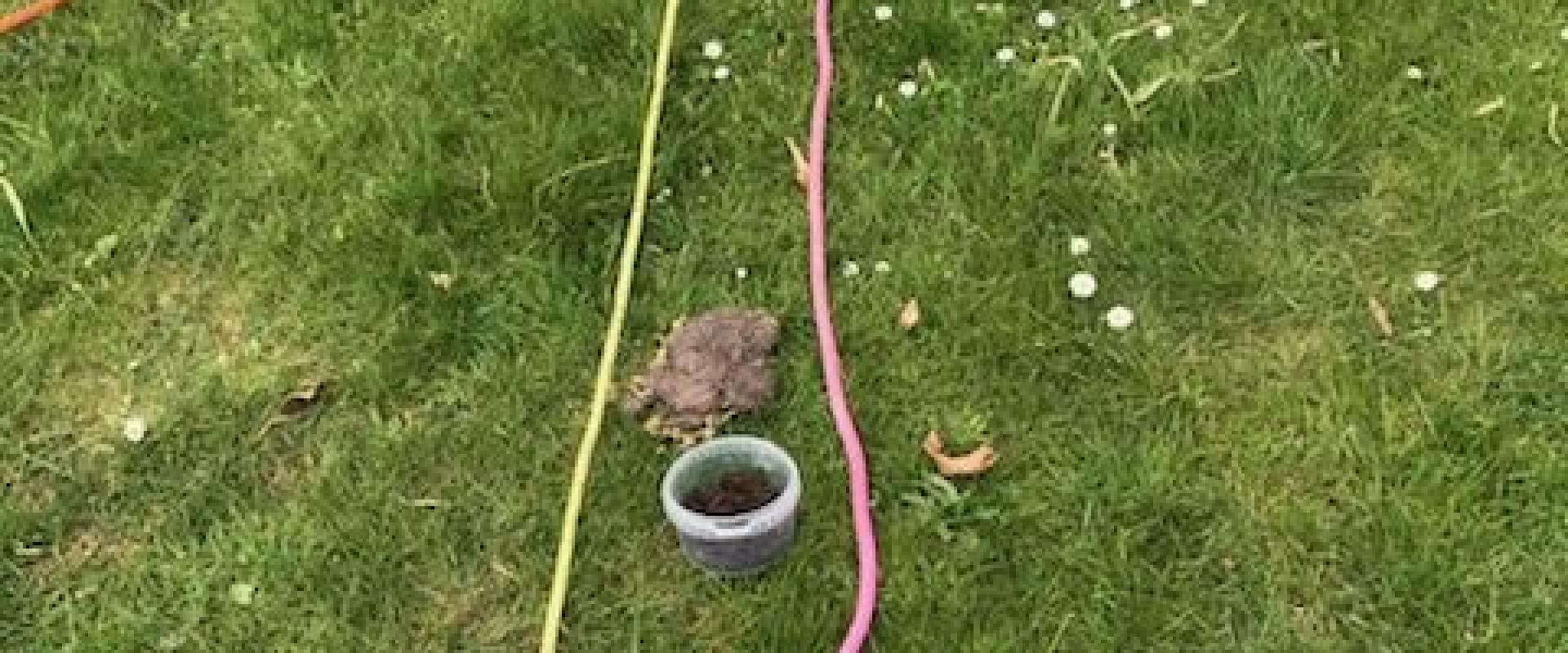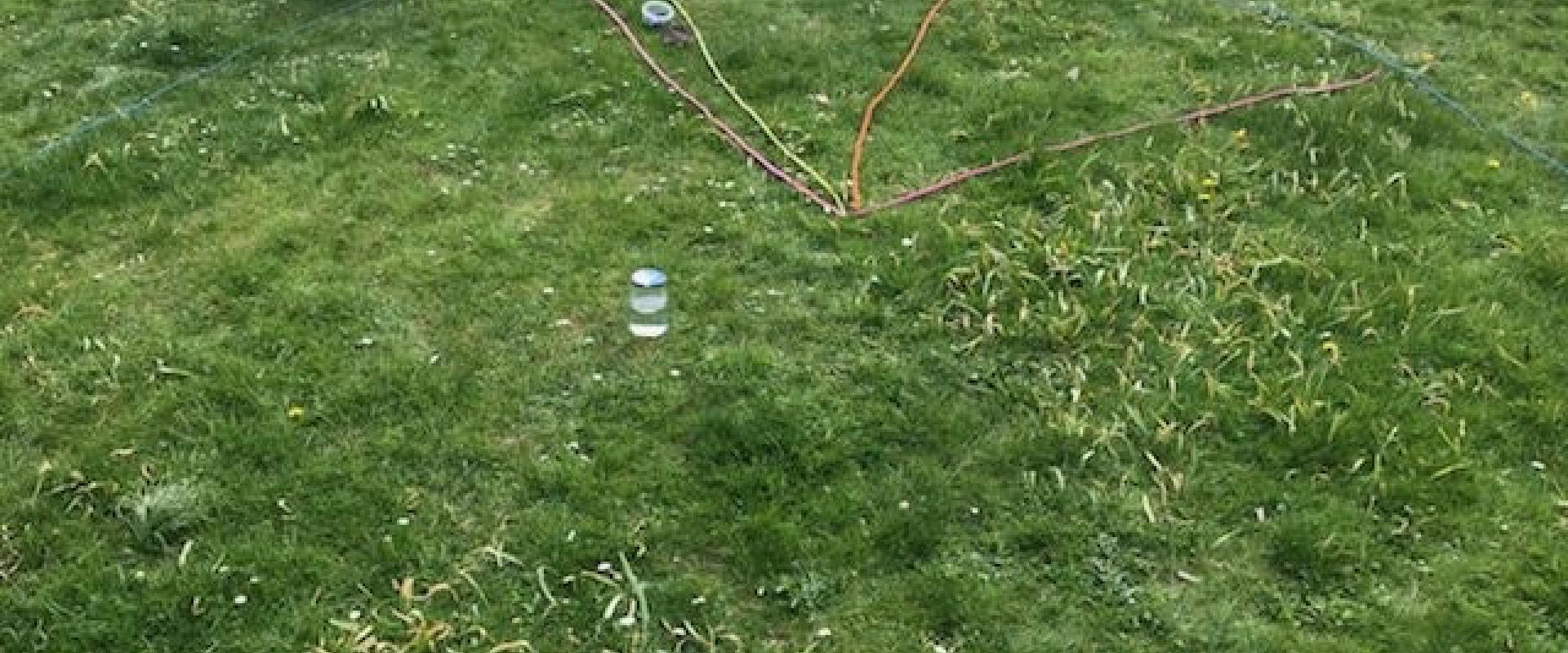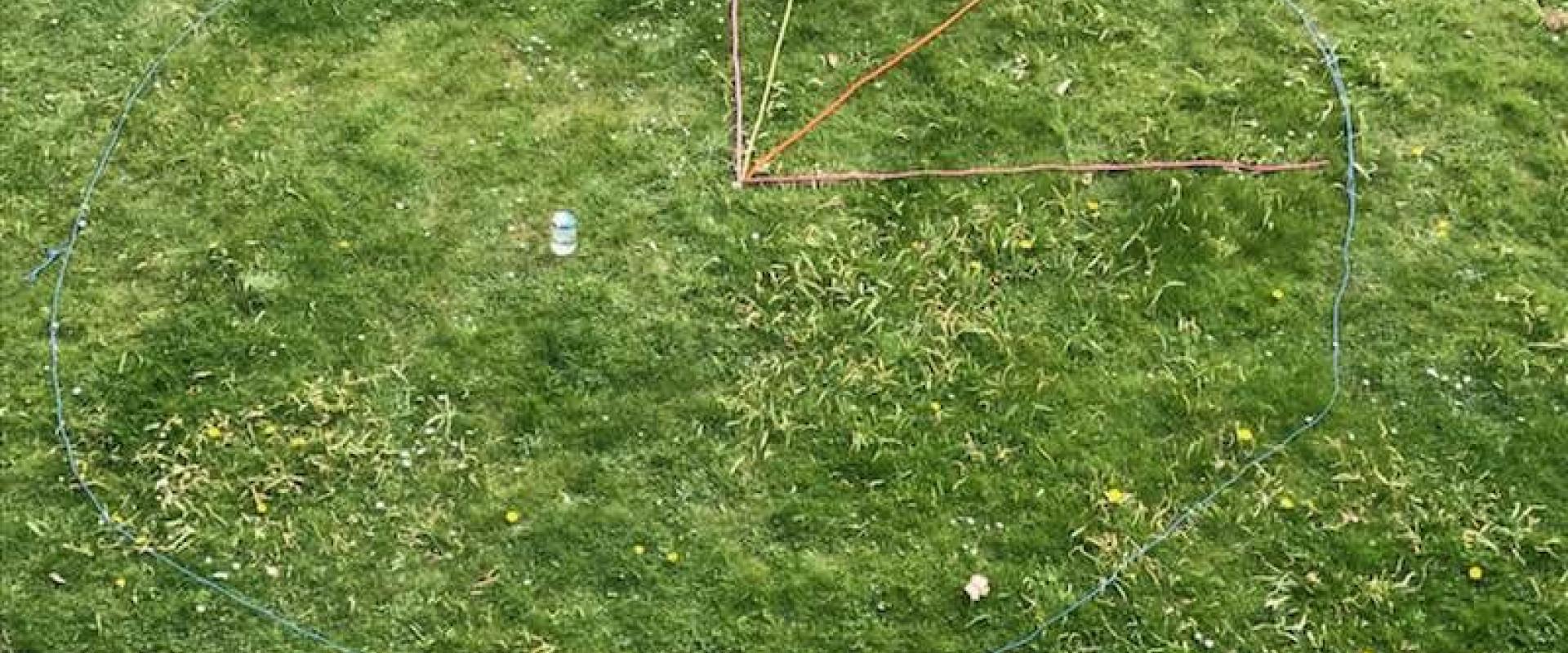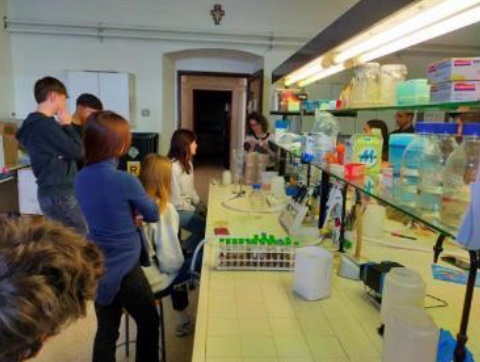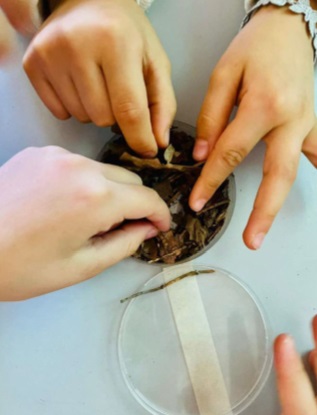The vital soil
Description
Age of pupils: 14-16 years
At Naturskolan (The Nature School) in Lund, we have teached about soil using outdoor pedagogy. At the Nature school, we create activities that trigger the pupils' curiosity and provide them opportunities to investigate phenomena outdoors in the schoolyard, in a park, school garden or any other natural area that is close to the school.
An activity that we have carried out during a workshop with secondary school pupils is “the Earth's arable surface”, which comes from the book "To learn in the outdoors for sustainable development" in the series "To learn in the outdoors". I gather the pupils in a circle outside on a lawn and use a long rope of about 10 meters. I ask all the pupils in the circle to grab the rope and form a circle that they put down on the ground together. When the string is on the ground, I say that this represents the earth. They must think for a while about the question: What does the earth's surface consist of? Yes, water is a large part of the earth's surface, about ¾.
Then we think that the circle that we have in front of us can also be a pie chart. With two strings I divide ¾ and place a jar of water there. Then the students think further about what is on the last quarter of the earth's surface. I divide the remaining ¼ into two parts with a short rope. In one part, which is 1/8 of the earth's surface, there are mountains, glaciers and other barren land that I mark with a large stone. ¾ of the remaining eighth is too dry or wet to use for food production, here I put
an empty jar. The remaining part, which is 1/32, about 3%, - is arable land and I mark it with a bowl of soil. It will be approx. 1.8 ha/person, 18,000 m2. Now I have the pupils talk in pairs about the questions:
- What do you think when you see that there is such a small area that can be cultivated?
- What feelings do you get when you see how little space it is actually possible to grow food on?
- How should we use this part of the earth wisely?
- How can we use the schoolyard or an allotment that we have access to, knowing this?
After we have discussed and listened to each other for a while, I move on with an activity that is about finding out what the soil might look like, where we are. I divide the students into pairs and give out petri dishes and spoons for them to collect different soil samples in. The pairs get to collect samples from a few places and then come back and use a loupe to see what they can find in the soil.
Meanwhile, I ask the students questions to make them reflect further. For example, if they can smell something from the soil? Do the soil samples look the same? How does the soil feel like between your fingers? - Can you detect any organisms or traces of organisms in the soil? What happens if you pour soil into a glass of water? Now the students have had sensual experiences of the soil and made a connection with nature in their everyday environment, which we all depend on.
Next lesson, I ask the pupils to collect leaves from the park and bring to the school's growing boxes in the schoolyard, to show how soil is made by adding organic matter to the soil. During such a session, it is often new experience that leaves are food for the microorganisms in the soil. Measuring the volume of the leaves and the amount of soil that it results in, is also an interesting and thought-provoking experiment about how soil is produced and what it consists of.
In 2022, around 40 pupils were involved.
